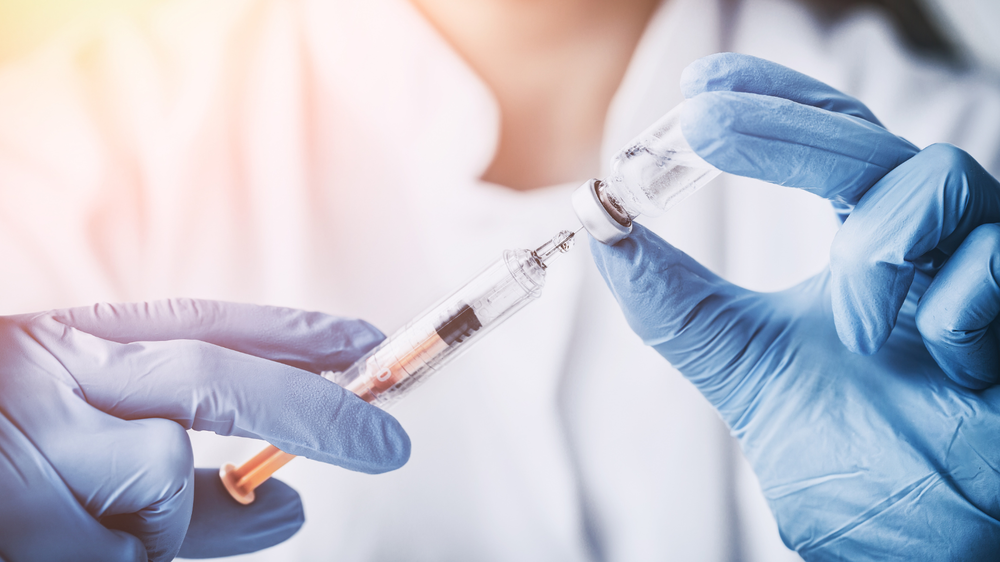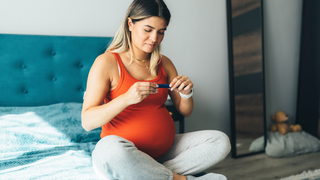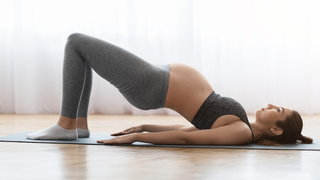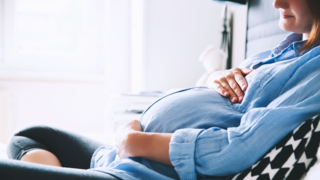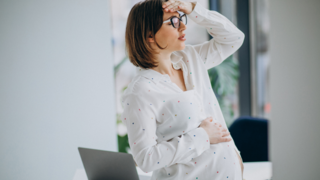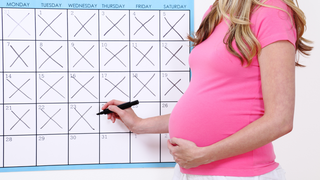- Treat endometriosis or fibroids by suppressing oestrogen and shrinking hormonal tissue, or
- Support fertility (IVF) by helping your ovaries respond more effectively to stimulation medications.
Why is Lupride Used for Women?
For Endometriosis or Fibroids
- Reduces oestrogen to shrink endometrial tissue or fibroids
- Relieves pelvic pain, heavy periods, and bloating
- Often used for 3–6 months
For Fertility Treatment (IVF)
- Temporarily suppresses natural hormones before ovarian stimulation
- Prevents premature ovulation
- Improves timing and quality of egg retrieval
What are the Common Side Effects of Lupride Injections?
If you are undergoing Lupride treatment, you are likely to experience some side effects. Though temporary, the side effects of Lupride include:- Hot flashes and night sweats
- Headaches and fatigue
- Mood swings or irritability
- Bone or joint pain
- Vaginal dryness or decreased libido
- Injection site pain, redness, or mild swelling
- Mild bloating or weight changes (especially in IVF protocols)
How to Manage the Side Effects of Lupride Injection?
Hot Flashes & Night Sweats
Why it happens: Lupride reduces oestrogen levels. This causes temporary menopause-like symptoms such as heat flushes and sweating.In this article:
- Dress Comfortably: Wear breathable cotton clothes. If you still feel hot, keep a small fan or water spray nearby.
- Avoid triggers: Cut down on caffeine, alcohol, and spicy foods that can worsen hot flashes.
- Stay cool: Sleep in a cool room and stay hydrated through the day.
- De-stress: Practice deep breathing, meditation, or yoga to manage body heat and stress.
- Ask your doctor: Discuss “add-back therapy” (small doses of oestrogen/progestin) to relieve severe symptoms.
Headaches & Fatigue
Why it happens: Hormonal shifts and mild dehydration can trigger headaches or tiredness during Lupride therapy.Tips to Manage
- Stay hydrated: Drink enough water and eat balanced meals to stabilise your energy levels.
- Avoid extremes: Avoid skipping meals. Do not consume too much caffeine.
- Ease discomfort: Light stretching, walking, or gentle yoga can reduce tension and improve circulation.
- Consult your doctor: If your headaches persist, ask your doctor about safe pain-relief options.
Mood Swings or Emotional Changes
Why it happens: Hormonal suppression can affect serotonin and mood regulation. This can lead to irritability, anxiety, or sadness.Tips to Manage
- Track emotions: Keep a daily mood journal to spot triggers related to food, sleep, or stress.
- Stay connected: Talk to friends, family, or a support group. Having emotional support makes a big difference.
- Be proactive: Don’t hesitate to reach out to your doctor if mood changes persist.
- Try balance methods: Gentle exercise, mindfulness, and counselling help restore emotional calm.
Bone or Joint Pain
Why it happens: Low oestrogen levels can temporarily affect bone density and cause mild achesTips to Manage:
- Eat for bones: Add calcium-rich foods like milk, curd, ragi, sesame, and leafy greens to your diet.
- Stay active: Do gentle weight-bearing exercises such as walking or yoga.
- Check bone health: For long-term therapy, your doctor may suggest some scans.
- Prevent stiffness: Regular movement and stretching may help reduce joint pain.
Vaginal Dryness or Discomfort
Why it happens: Lower oestrogen can reduce vaginal lubrication and elasticity.Tips to Manage:
- Stay comfortable: Use doctor-recommended lubricants or vaginal moisturisers.
- Ask about options: For severe dryness, your doctor may suggest low-dose vaginal oestrogen.
- During IVF: Temporary dryness can occur due to hormonal shifts; lubricants can help here, too.
Injection Site Pain
Why it happens: Local irritation is common after intramuscular or subcutaneous injections.Tips to Manage
- Soothe the area: Apply a cold compress for a few minutes after the shot.
- Rotate sites: Use different injection areas each time to prevent soreness.
- Handle gently: Avoid rubbing or massaging the site immediately after injection.
- Seek help: If you notice swelling, pus, or persistent pain, this could indicate infection.
Bloating and Weight Changes
Why it happens: Lupride lowers oestrogen, which can cause temporary water retention, slower metabolism, and mild bloating, especially during fertility treatment.Tips to Manage
- Limit salt: Reduce sodium by cutting processed food intake.
- Stay hydrated: Drink 2–2.5 L of water daily to flush out excess fluid.
- Eat smart: Choose potassium-rich foods (bananas, spinach, coconut water) to balance fluids.
- Move your body: Gentle daily activity like walking, yoga, or stretching can help reduce bloating and improve circulation.
- Avoid constipation: Include high-fibre foods like fruits, vegetables, and oats.
- Eat smaller meals: Frequent, balanced meals help improve digestion and reduce a feeling of heaviness.
- Track changes: Small fluctuations (1–3 kg) are common and usually water-related. Keep tracking your changes and speak to your healthcare provider if it bothers you.
- Seek help: If you gain more than 2 kg in a few days, have severe abdominal swelling, or shortness of breath, especially if undergoing IVF.
Whether you’re trying to conceive or navigating IVF, you’re not alone. Join our supportive communities to connect, share, and find strength with others on the same journey.
FAQs on Your Ultimate Checklist to Managing Side Effects of Lupride Injections
- How long do Lupride side effects last?
Most side effects of Lupride injection occur during treatment. These side effects are temporary and gradually improve once the injections are stopped. Simple management tips and following your healthcare provider’s advice can help relieve some symptoms. - Can Lupride cause hair loss or acne?
In some cases, hormonal changes can cause hair loss and acne. However, they are usually temporary. If you are experiencing hair loss or acne due to Lupride injections, speak to your healthcare provider.

